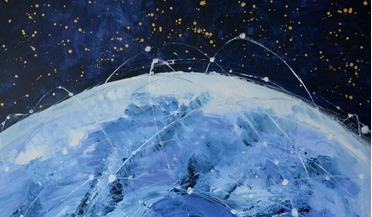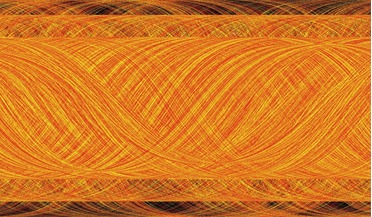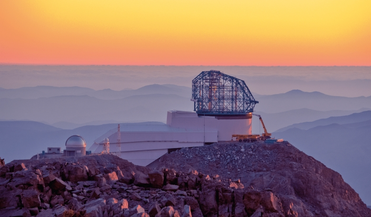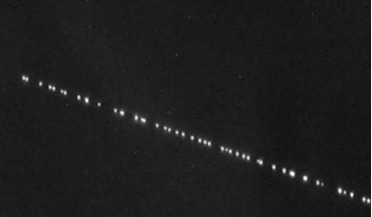 April 2017
Mega-challenges for mega-constellations
April 2017
Mega-challenges for mega-constellations
... realistic assumption of 60 percent PMD success rate for the background space traffic. When combined with a mega-constellation adhering to the guidelines with 90 percent success (i.e. the inverted scenario), the simulation showed that the background...
 October 2021
Congested, contested... under-regulated and unplanned
October 2021
Congested, contested... under-regulated and unplanned
...terms of orbital altitude to avoid contention with Kuiper, and an accommodation was reached to try to keep the two constellations apart, but there is no a priori reason why other international jurisdictions could not license other operators to occupy...
 April 2020
Satellite mega-constellations pose threat to ground-based astronomy
April 2020
Satellite mega-constellations pose threat to ground-based astronomy
... a subset of the satellites in range, and will be those satellites that are directly lit by sunlight. For a given constellation, the average number and distribution of satellites in range depends only on the observatory latitude. However, the number...
 04 June 2020
Mega constellations and their impact on astronomy
04 June 2020
Mega constellations and their impact on astronomy
...will be needed in order to complete the same type of observation. Even radio observatories will not go unaffected as satellite constellations beam internet connectivity to the remote corners of Earth via radio frequencies that are very close to those...
... Fermi Gamma-ray Space Telescope have mapped out 21 new constellations from gamma-ray sources based on characters and famous objects ...-ray sources could one day end up as another set of constellations, but for now if you want to see, amongst others,...
 31 July 2020
Amazon's Kuiper mega constellation gets FCC approval
31 July 2020
Amazon's Kuiper mega constellation gets FCC approval
... streaking through the night sky. However, it is not just visible light observations that are affected. Mega constellations have the potential to disrupt astronomical observations in radio frequency bands, as some radio bands not allocated to the...